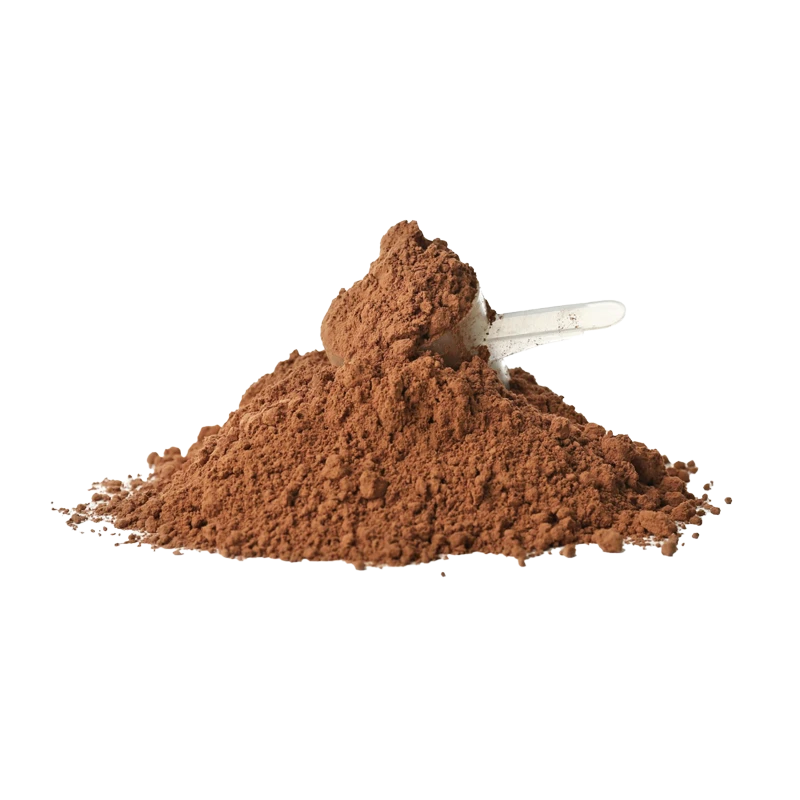Protein Powder — Nutrients, Health Benefits, and Shopping Tips

Written by Listonic Team
Last update on September 6, 2024
Protein powder nutrients
Nutrition facts
Amount per 100 g
Calories
🔥 359 kcal
| Nutrition per: 100 g | Value | % Daily Value* |
|---|---|---|
| Carbs | 4 g | 1.45% |
| Fiber | 0 g | - |
| Sugars | 1 g | 2% |
| Glycemic Index | 35 | - |
| Protein | 83 g | 166% |
| Sodium | 300 mg | 13.04% |
| Total Fat | 1 g | 1.28% |
*The % of Daily Value (DV) tells you how much a nutrient in a serving of food contributes to a daily diet. 2,000 calories a day is used for general nutrition advice.
83 g
💪 High Protein Content
35
🟢 Low Glycemic Index
Protein powder facts & tips
Health benefits
- Rich in protein, essential for muscle growth, repair, and overall body function.
- Convenient and versatile, making it easy to add protein to smoothies, shakes, and recipes.
- Supports post-workout recovery by providing essential amino acids needed for muscle repair.
- Can be low in calories and fat, depending on the type, making it suitable for weight management.
Health risks
- Potential for contamination with heavy metals, pesticides, or other harmful substances in some protein powders, particularly those not tested for purity.
- High calorie content in some protein powders, which can contribute to weight gain if consumed in large quantities or as part of a high-calorie diet.
- Potential for digestive discomfort such as bloating, gas, or diarrhea, particularly in individuals sensitive to lactose (for whey-based powders) or those consuming large amounts.
- Risk of kidney strain when consumed in excessive quantities over time, particularly in individuals with pre-existing kidney conditions.
- Potential for artificial additives such as flavorings, sweeteners, or preservatives in some protein powders, which may cause adverse reactions in sensitive individuals.
How to choose protein powder
High-quality protein powder should be fine and consistent in texture, without any clumps or moisture. The container should be securely sealed to maintain freshness and prevent contamination.
Avoid protein powder that smells stale or has changed color, as these are indicators that the product may have degraded. Containers that are not airtight or show signs of damage should also be avoided, as they could compromise the quality and effectiveness of the powder.
How to store protein powder
Protein powder should be stored in an airtight container in a cool, dry place. Proper storage maintains its potency and flavor for up to a year.
Moisture and air exposure can cause protein powder to clump and lose quality. Avoid storing near heat sources, and ensure the container is tightly sealed. Proper handling keeps it fresh and ready for use.
✅ Extra Tip
How long does it last?
Protein powder can last for 1-2 years when stored in an airtight container in a cool, dry place. Proper storage helps maintain its quality and nutritional value, ensuring it is always ready for a quick protein boost.
What to do with leftovers?
Leftover protein powder can be used in a variety of culinary and non-culinary ways. In the kitchen, protein powder is often added to smoothies, baked goods, pancakes, and oatmeal to boost the protein content of meals and snacks. It can also be mixed into yogurt, pudding, or even savory dishes like soups and sauces for an extra protein kick.
Beyond cooking, protein powder has several practical uses. It can be used in DIY beauty treatments, such as mixing it with water or yogurt to create a protein-rich face mask that helps to nourish and hydrate the skin. Protein powder can also be added to homemade hair masks to strengthen and condition hair. Additionally, it can be used in craft projects, particularly in creating homemade play dough or clay for kids, where its texture can add a unique element to the mixture. While primarily a dietary supplement, protein powder’s versatility allows it to be used creatively in beauty and crafting.
👨⚕️️ Medical disclaimer
Discover products from other categories
Listonic Team
Fact-checked
Our editorial team checked this article to make sure it was accurate at the time of publishing it.
Get the top-rated shopping list app on your phone!







